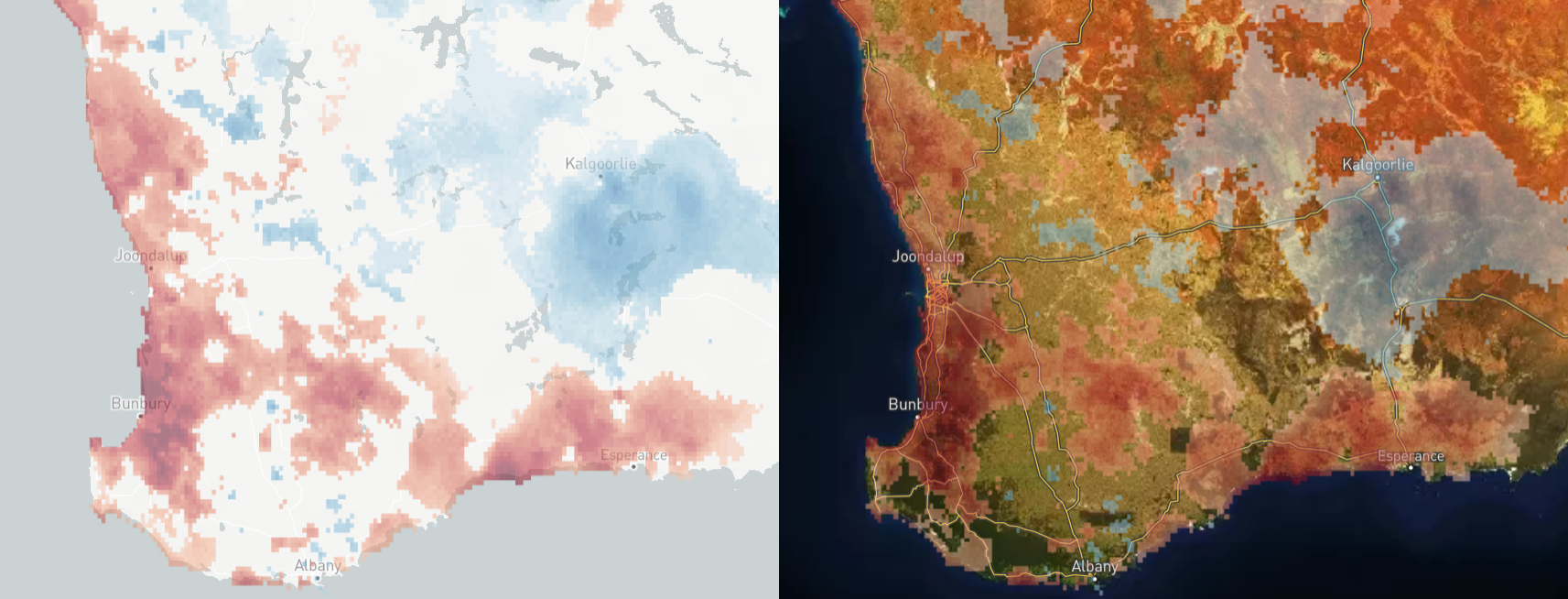The Southwest of Western Australia, including the unique Margaret River region, has been experiencing a meteorological drought for the past 18 months.
Lead Climate Scientist for the Early Warning Network, Kathryn Turner says that “Rainfall deficiencies in the southwest of WA are definitely starting to add up now, with historical data back to the 1950’s showing us that this current drought is worst on record for the Margaret river region”.
While water supply and storage look to be in a safe place for the moment, WA’s Water Corporation website shows that stream flows in the region are at an all time low for this time of year – which is normally the peak of Western Australia's wet season. Kathryn adds that “Rainfall totals for winter over the past 30 years are exhibiting negative trends, in particular, June and July with median monthly deficits at nearly 80mm”. Climatics data, which is sourced and compiled from a number of historic weather records from across Australia, shows many areas along the Southwest of Western Australia are being affected by the lack of rainfall, putting the region at an increased risk of fire and agricultural challenges.

Data shown by EWN's Climatics platform shows severe drought conditions throughout the lower parts of
Western Australia, particularly the Margaret River region
In response to the decreasing rainfall, the background trend for drought is on the rise, with the Margaret River region only having experienced 4 drought events as extreme before - and all of them have occurred since the year 2000. We asked Ken Kato, Meteorologist for EWN, what would cause these rainfall deficits and rise of drought occurrences, and he explained “the gradual southward contraction over recent decades of the wintertime cold fronts that are responsible for much of Western Australia's winter rain is one of the main contributing factors, and is a result of climate change. There are also some studies to suggest that changes in land use such as clearing of forests just in from the area's coast may have also affected the way the south-westerly winds blow over land and therefore the amount of uplift that causes clouds and rain in the region".
After a triple La Nina, communities along the east coast of Australia are already starting to feel the pinch with below average winter rainfall, so the drought in Southwest Western Australia may just be the beginning of another dry phase for the rest of the country – let’s just hope it’s not one for the history books.